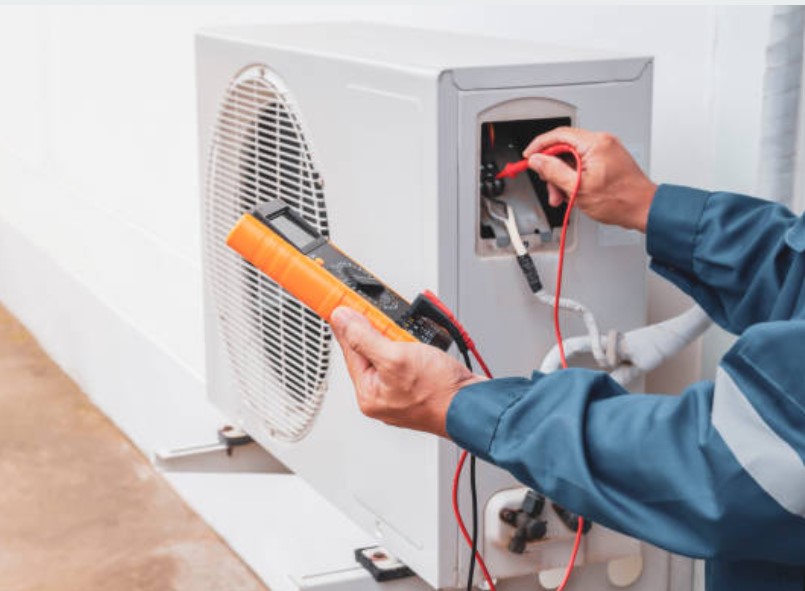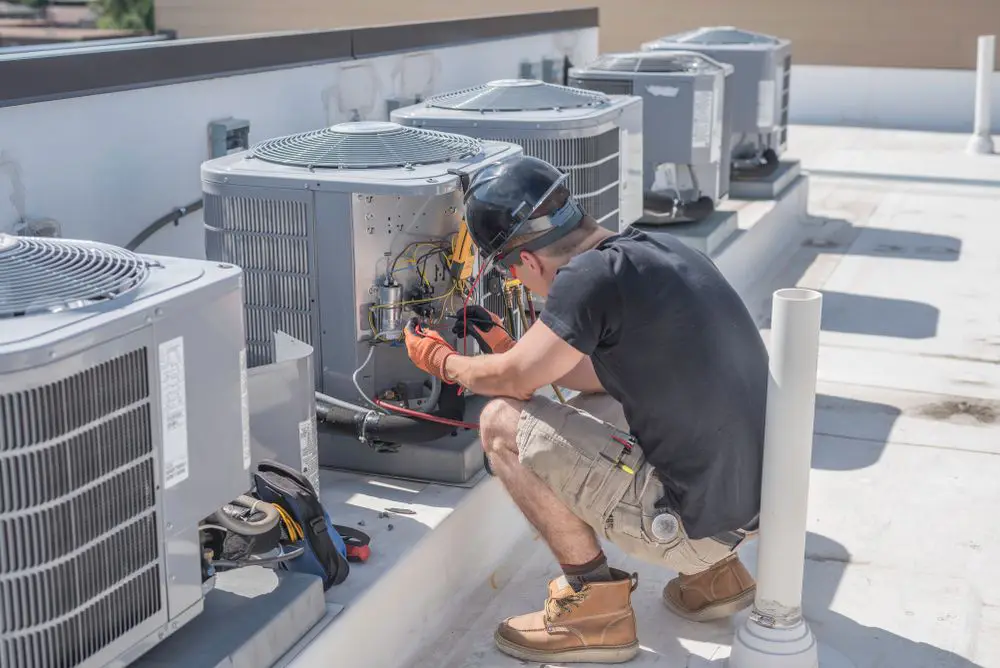When it comes to maintaining a healthy living environment, identifying mold in HVAC systems is crucial. Mold not only affects the air quality but also poses health risks to those living or working in the space. In this article, we’ll explore the signs of mold in HVAC systems and what homeowners and business owners need to be aware of.

What is Mold in HVAC Systems?
Mold is a type of fungus that thrives in moist environments. Within HVAC systems, mold can flourish due to the condensation that occurs during the air conditioning process. This can lead to a variety of issues, including musty odors and potential health concerns. Understanding the signs of mold in HVAC systems is the first step in addressing any problems.
Common Signs of Mold in HVAC Systems
1. Musty Odor
A telltale sign of mold in your HVAC system is a persistent musty smell. This odor is often one of the first indicators that there might be mold present. If you notice this smell when your HVAC system is running, it’s essential to investigate further.
2. Visible Mold Growth
Sometimes, you can see mold growing around your HVAC vents or within the system. Visible mold growth is a clear sign that action needs to be taken immediately. Regular inspections can help identify these issues early on.
3. Unexplained Health Issues
Mold exposure can lead to a variety of health problems, including respiratory issues, headaches, and allergic reactions. If you or your family members experience these symptoms, it might be time to check for mold in your HVAC system.
4. Increased Allergy Symptoms
If you notice an increase in allergy symptoms, such as sneezing, coughing, or itchy eyes, it could be due to mold circulating through your HVAC system. Mold spores can exacerbate allergies, making it uncomfortable for those affected.
Why Mold Grows in HVAC Systems
Mold requires three key elements to grow: moisture, warmth, and food. HVAC systems provide an ideal environment for mold due to the condensation that can occur within the system. Dust and debris can also serve as a food source for mold, further promoting growth.
1. Moisture
Moisture is a primary factor in mold growth. HVAC systems can accumulate moisture through condensation, especially if there are any leaks or if the system isn’t functioning correctly.
2. Temperature
Mold thrives in warm environments. Since HVAC systems often operate in warm conditions, they can become a breeding ground for mold if not properly maintained.
3. Lack of Maintenance
Regular maintenance of your HVAC system is essential in preventing mold growth. Without proper cleaning and upkeep, dust and debris can build up, providing a food source for mold.
Preventing Mold in HVAC Systems
1. Regular Maintenance
One of the best ways to prevent mold is through regular maintenance. Scheduling routine inspections and cleanings can help identify potential issues before they become major problems. For more detailed maintenance tips, check out this guide on HVAC maintenance.
2. Use a Dehumidifier
Using a dehumidifier can help reduce the moisture levels in your home, making it less likely for mold to grow. This is particularly useful in humid climates where moisture levels are naturally higher.
3. Ensure Proper Ventilation
Proper ventilation is crucial in preventing mold. Ensure that your HVAC system is well-ventilated and that there are no blockages in the airflow.
4. Repair Leaks Promptly
Addressing any leaks in your HVAC system or home promptly can prevent moisture from building up and causing mold growth.
Dealing with Mold in HVAC Systems
1. Professional Cleaning
If you suspect mold in your HVAC system, it’s best to hire a professional for cleaning. They have the tools and expertise to safely remove mold without spreading spores. For more information on safe removal, visit this removal guide.
2. Replace Air Filters
Replacing air filters regularly can help reduce mold spores in your HVAC system. Ensure that you’re using the correct filter type for your system.
3. Use Mold Inhibitors
Mold inhibitors can be added to your HVAC system to prevent future mold growth. These products are designed to inhibit the growth of mold and mildew.
When to Call a Professional
While some minor mold issues can be handled by homeowners, larger infestations require professional intervention. If you’re unable to control the mold or if health issues persist, it’s time to call in a professional. Professionals can assess the situation and provide more comprehensive solutions.
Impact of Mold on Health
Mold can have a significant impact on health, particularly for those with respiratory issues or weakened immune systems. Exposure to mold can lead to symptoms such as coughing, wheezing, and skin irritation. In severe cases, prolonged exposure can lead to more serious health problems. For more information on mold and its effects, consider visiting this external resource.
Conclusion
Recognizing the signs of mold in HVAC systems is vital for maintaining a healthy living and working environment. By understanding the causes and taking preventative measures, homeowners and business owners can reduce the risk of mold-related issues. Regular maintenance, prompt repairs, and professional services are key to keeping your HVAC system mold-free.

Frequently Asked Questions (FAQs)
1. How can I tell if there’s mold in my HVAC system?
Look for signs such as musty odors, visible mold growth, and unexplained health issues. Regular inspections can help identify mold early.
2. Is mold in HVAC systems dangerous?
Yes, mold can pose health risks, especially for those with allergies or respiratory issues. It’s essential to address any mold problems promptly.
3. Can I clean mold from my HVAC system myself?
While minor issues can sometimes be handled by homeowners, it’s best to hire a professional for thorough cleaning and safe removal of mold.
This article contains affiliate links. We may earn a commission at no extra cost to you.